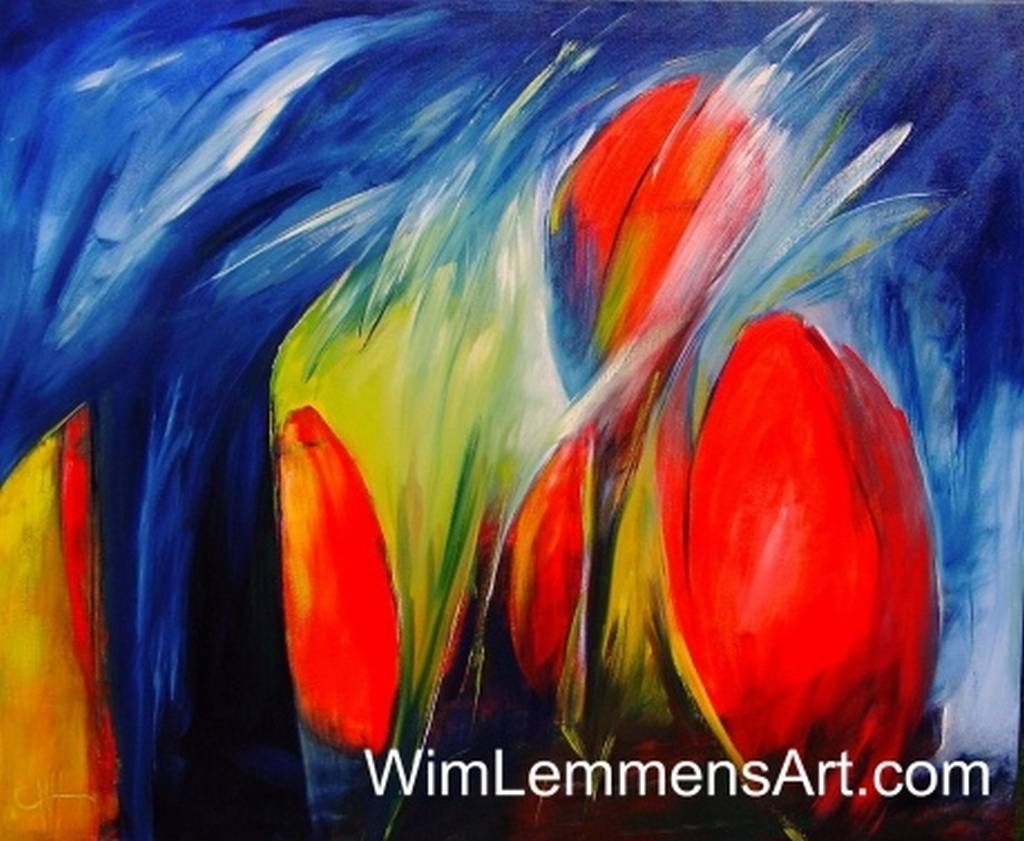The 50th Venice Biennale, 15 June-2 November, 2003
"Dreams and Conflicts" will not be a show about political art but a reflection on the politics of art.--Francesco Bonami
After the legendary Swiss curator Harald Szeemann's triumphant return to Venice in 1999 (in 1980 he initiated the Aperto exhibition at the Biennale for artists under forty) his contract was renewed for the 2001 Biennale, but he did not better his own first, flawed act. Today, artistic directors of the Venice Biennale labour under the venerable event's outmoded structure of national pavilions and theme exhibitions, inherited from its origins in the era of world's fairs. Over the past decade, in a vastly expanded art world whose reach is larger than Western Europe and the United States, the international exhibitions at the Biennale have become more and more important, and self-conscious. The national pavilions in the Giardini possess a certain passe charm and often contain excellent solo shows, but they have been hard-pressed to surmount their presence as proof of the age of empires and colonies, while countries formerly absent, or recently emerged in a new world order, stake their claim within the internationa l exhibition venues at the Biennale. The tables have turned, and that turning--political, geographic, cultural and economic--has been integral to the thinking behind this and other recent large international art events. Rather than resisting or ignoring the Biennale's national--international axes, this year's artistic director, Francesco Bonami, intends to put its singular structure to use, conceiving a group of exhibitions, each with its own identity and independence.

Bonami is among a nomadic, independent (despite his institutional credentials) breed of curators well-acquainted with airport lounges. "Dreams and Conflicts," states Bonami, "will be a show through which it is possible to have access to the complexity of a world made by groups of individuals defined by multiple and diverse necessities. An exhibition constructed with multiple projects to test the strength of that ideal community where the creative process of the contemporary artist is active." This is a tall order, and to assist him in realizing this vision Bonami has appointed an impressive team who will build a network of ten exhibitions woven together in two sites, the Arsenale and the Giardini's central pavilion. His collaborators include the Mexican artist Gabriel Orozco for the section The Everyday Altered and the power team of theorist Molly Nesbitt, artist Rirkrit Tiravanija and curator Hans Ulrich Obrist for Utopia Station. Other exhibitions in this evocative lineup include Documenta X director Cather ine David for Conflict; Zone of Urgency in the able hands of Hou Hanrou; The Structure of Survival organized by Carlos Basualdo (of the Documenta XI team); and Delays and Revolutions shared by Bonami and Daniel Birnbaum of Frankfurt's Portikus. The long list of artists is promising, including legends Robert Smithson and Patti Smith, a variety of influential figures such as Lawrence Weiner and Nancy Spero, Canada's Rodney Graham, and more recent bright lights such as Simon Starling (Britain), Pae White (USA), Yang Fudong (China), Alicia Framis (Spain), Sam Durant (USA), Dragset & Elmgreen (Denmark), Amit Goren (Isreal) and Zarina Bhimji (Uganda/London).